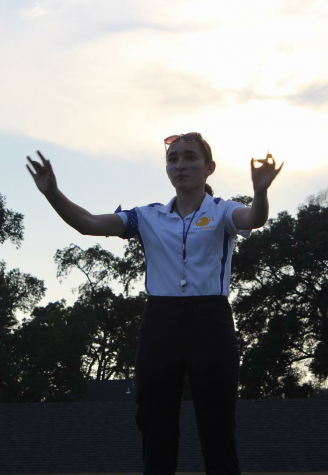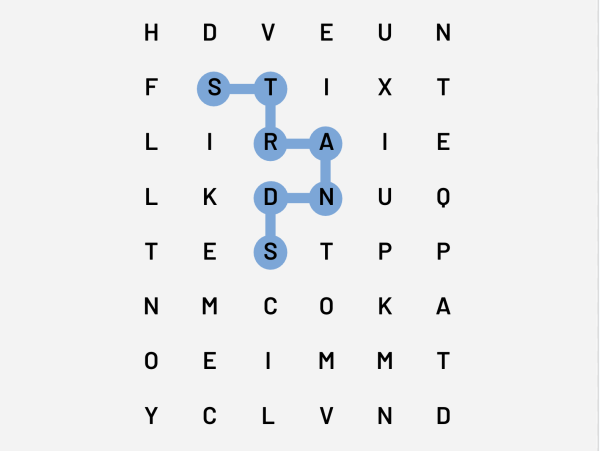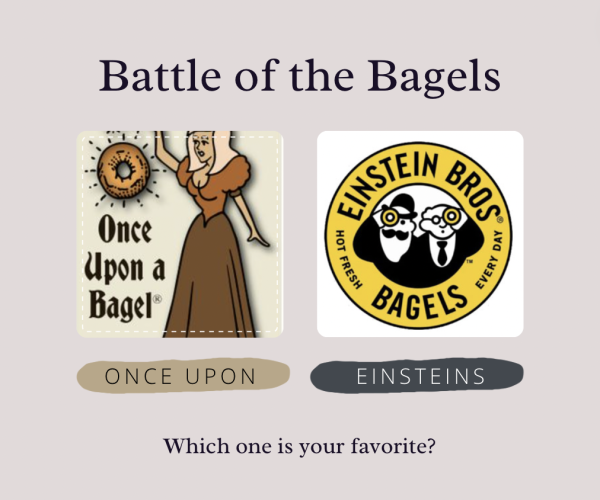Screen Jems Film Review: ‘Carlito’s Way’, When Scarface Met Plot
April 17, 2021
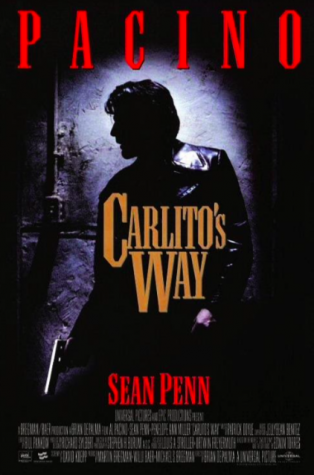 Remember the feeling you got when you first watched a mob movie? Observing all of those tense conversations, sickening instances of violence, drug appearances (don’t do drugs, please), incessant swearing, and dramatic job offers to Ernie? What an experience.
Remember the feeling you got when you first watched a mob movie? Observing all of those tense conversations, sickening instances of violence, drug appearances (don’t do drugs, please), incessant swearing, and dramatic job offers to Ernie? What an experience.
Carlito Brigante (Al Pacino), a Puerto Rican mobster in New York, has just been released from prison and wishes to get out of his old habits. However, as he reunites with his former girlfriend (Penelope Ann Miller) and involves himself in a grossly misleading scheme cooked up by his lawyer (Sean Penn), relating to the Italian mob, Carlito’s life after prison may turn out to be a bit more dangerous than what he anticipated.
Starting out, the film was incredibly deliberate, slowly defining roles and intentions as Carlito reentered society as a free man. The plot eventually picks up and maintains an uphill gallop, but in all truth, it felt like this was some sort of parallel universe sequel to Scarface.
Speaking from a plot standpoint, I think Carlito’s Way weaves a more engaging and mysterious story than that of its parallel universe prequel, intimately focusing on the details of the former gang leader’s current lifestyle of avoidance with little success, as opposed to profiling a drug mogul’s rise and fall from power. Scarface tells a life story, while Carlito’s Way methodically reflects an important segment of that story with greater emotional control.
That may not sound like much of a difference, but when the two are watched back-to-back, it’s like flipping a stylistic switch.
One of the most visually unnatural shots used many a time over in the film is the split diopter, a shot that is characterized by its illusion of deep focus. This effect is achieved through the use of half of a convex piece of glass attached to the front of the lens, making half of the lens nearsighted and the other half farsighted. This allows for opposing sides of the foreground and background to be in focus while the midground is blurred.
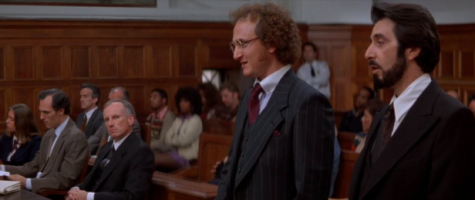
By 1993, director Brian De Palma, a split diopter devotee, already had several notable films under his belt (Carrie, Scarface, The Untouchables), and thus had already snuck this shot into many of his past films, quite heavily, I might add, in his 1981 thriller Blow Out. Knowing De Palma, the viewer could only expect this awkwardly effective shot to be well-featured in his later work.
Now, I can’t finish this review without mentioning Al Pacino, the king of the mob movie! Okay, maybe that’s more Scorsese or De Niro, but he’s pretty darn close! His natural emulation of power and self-reliance (as corroborated by Michael Corleone and Tony Montana) is one of many traits that make him perfect for the role, and having won Best Actor just eight months before, Pacino himself can corroborate the greatness within his performance here.


